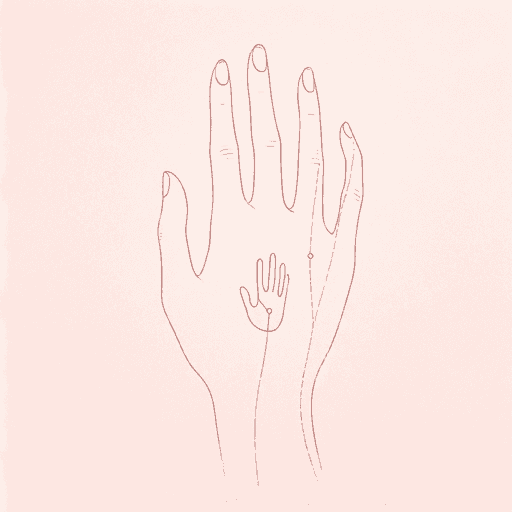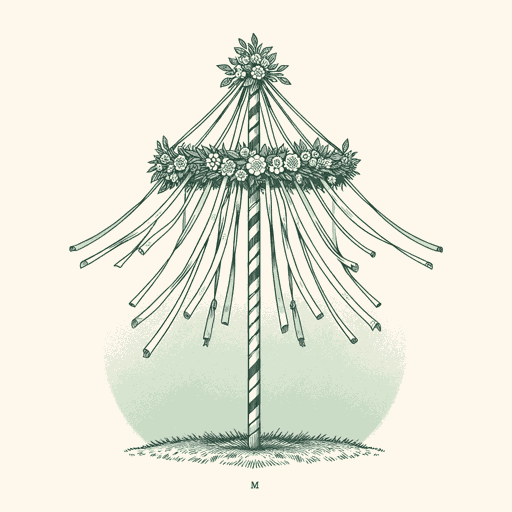31 pages • 1 hour read
The Wives of the Dead
A modern alternative to SparkNotes and CliffsNotes, SuperSummary offers high-quality Study Guides with detailed chapter summaries and analysis of major themes, characters, and more.
Summary and Study Guide
Summary: “The Wives of the Dead”
“The Wives of the Dead,” a short story published in 1832 by American dark-romantic author Nathaniel Hawthorne, tells of sisters-in-law in colonial Massachusetts whose husbands die at the same time and details their attempts to help each other cope with the loss. The eerily surreal story touches on several of Hawthorne’s literary obsessions, including Gothic horror, Puritan guilt, love and devotion, Early American history, and feminism. The story later appeared in an 1851 collection, The Snow-Image, and Other Twice-Told Tales. A 2012 e-book release of the public-domain version forms the basis for this study guide.
Sometime during the mid-1700s in a coastal town of colonial New England, two beautiful sisters-in-law sit in a modest upstairs parlor at twilight, consoling each other over the coincidental deaths of their husbands. One brother died during “Canadian warfare,” and the other, a sailor, perished at sea. Several townsfolk, including the minister, visit to offer their condolences, but now they all are gone so the sisters can mourn privately.
After much crying together, Mary, the calmer sister, gathers herself and prepares a meal. She brings it to a table near the fireplace and appeals to Margaret, the more emotional bride, to take sustenance. Margaret at first refuses but finally relents.
The house, owned jointly by the two couples, contains two bedrooms, one on each side of the parlor. The widows retire to their respective rooms, leaving the doors open so that each can glance over and see the other. Mary, exhausted by her emotions, falls asleep quickly, but Margaret tosses and turns. She listens to the monotonous drip-drip of the rain and watches the shifting shadows cast by the flickering parlor lamp; her memories of married life are haunting her.
Margaret hears a knock at the door. She doesn’t want to answer it, but the knocking persists. She glances across at Mary’s sleeping figure, then rises and takes the parlor lantern over to a front window. This she opens, leans out into the gloom, and stares down at the front entrance. The visitor, a man in a wide hat and coat, steps out from under the eave and looks up. He’s a local innkeeper, Goodman Parker.
Angrily, Margaret demands to know what he wants. Goodman reports that he has received word that the squad of men who were thought to have died in battle are instead alive and well, including Margaret’s husband.
Goodman departs. Margaret’s heart leaps at his news. She wants to share it with Mary but fears her sister will only feel deeper sadness at her now-lonely misfortune and might resent it, “as if altered and diminished affection must be the consequence of the disclosure she had to make” (16).
Still happy, Margaret retreats to her bed and, “thronged with delightful thoughts” (16), falls asleep. Sometime later, Mary awakens suddenly to a knocking at the door. Groggy, at first, she ignores the noise, then realizes she must answer. She opens her eyes and remembers that her husband is dead: “the pall of sleep was thrown back from the face of grief” (17). She gets out of bed and takes the parlor lantern over to the front window, which she finds is already unhooked and easy to throw open. She peers down at the front door, now lit vaguely by moonlight, and sees an ex-suitor, Stephen, a sailor, wet from the rain or the sea. She doesn’t want to talk to him, but he implores her to hear him out.
Only yesterday, while on a brief coastal voyage, Stephen passed a boat with her husband on it, looking “well and hearty” (20). He and others saved themselves after capsizing and were picked up. Having delivered the good news, Stephen departs. Mary struggles to accept the report, but finally, joyfully, she believes it. She goes to Margaret’s bedside, wanting to share the good tidings, but she stops when she sees a smile on her sister’s sleeping lips, and she realizes that Margaret’s sorrows will simply recur: “My poor sister! you will waken too soon from that happy dream” (23).
Mary rearranges the tangled bed clothes on Margaret’s sleeping form. As she does so, a tear drops from her eye onto Margaret’s cheek, “and she suddenly awoke.” (23-24)



Related Titles
By Nathaniel Hawthorne















